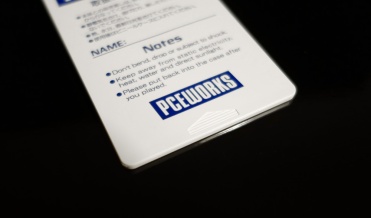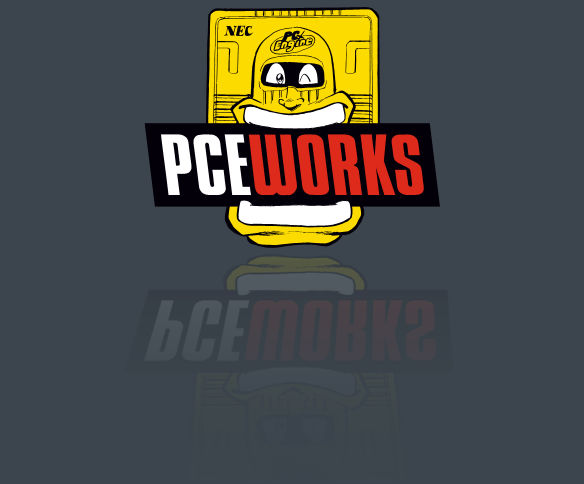Part of why the PC Engine system had such a cult following in the 80s was certainly Hudson’s and NEC’s engineering marvel called HuCard. While the format itself wasn’t really new, HuCards allowed for a much larger rom size compared to earlier card-based game formats – easily rivaling much larger game cartridges of the same time and thus combining state of the art game sizes with one hell of a sexy format.
The idea of putting video games onto credit card sized plastic cards wasn’t new by 1987. Sega had introduced their “My Card” series of games for the SG-1000 in 1985 and kept the format alive with the Mark III and even with the Master System in their overseas versions. Even Hudson did venture into the territory before, when they released their “Bee Card” line-up of games for the MSX. Both formats were rather in limited in size though, with the average game back then only coming in at 128 or 256kbit in size (16 or 32 kbyte).
When the PC Engine launched in autumn of 1987 the first HuCards already came in at a whopping 2mbit, soon to be expanded to 3 and 4mbit capacities and eventually reaching a full Megabyte (8mbit) in storage in the early 90s (not counting the 20mbit Street Fighter II extravaganza).

HuCards are certainly easily produced in mass quantities, but are definitely a total pain in the ass to make in lower numbers. So much more reason for us to be happy to eventually have a great looking product available.

Our HuCard cases come in two colors (dark grey and off-white) and resemble the classic japanese box design (meaning that don’t have the “holding clip” of the American cases and they don’t have act as a tray for a regular jewel case). We increased the number of cavities on the back (under the spine sticker), which reduces the risk of tearing the sticker, when grabbing the case from the shelf.

The foam pieces we’re using actually start out light grey, but turn yellow over time. The pieces above are from the same batch with the left and right one stored in a closed box, while the middle one was exposed to (indirect) light and air for a few months. Expect any foam piece to get from us to be somewhere in between ;) Eventually they’ll all end up like the one pictured in the middle.

Our HuCard bodies are injection molded and have a beautiful print on the back. If you like you can even add your name (with a water proof pen, please). The cards feature the same grip on the front and back as the original HuCards do.

The heart of the HuCard is the PCB sitting inside the top half of the front of the actual HuCard. The circuit board is matte black already, but for added protection there’s an additional sticker sitting on top of the PCB. Mitsubishi back in the days added a layer of varnish as a finish, but unless we produce tens of thousands of HuCard circuits, that’s not feasible (neither technically nor economically). We went through multiple dozens of actual materials (see pictures in the gallery below) and picked a quite sturdy one for now (we might switch around in the future though).

Check back for updates here on the blog or just subscribe to our newsletter to find out what we’ll bringing to you in 2020 making use of our brandnew HuCards. Stay tuned!















